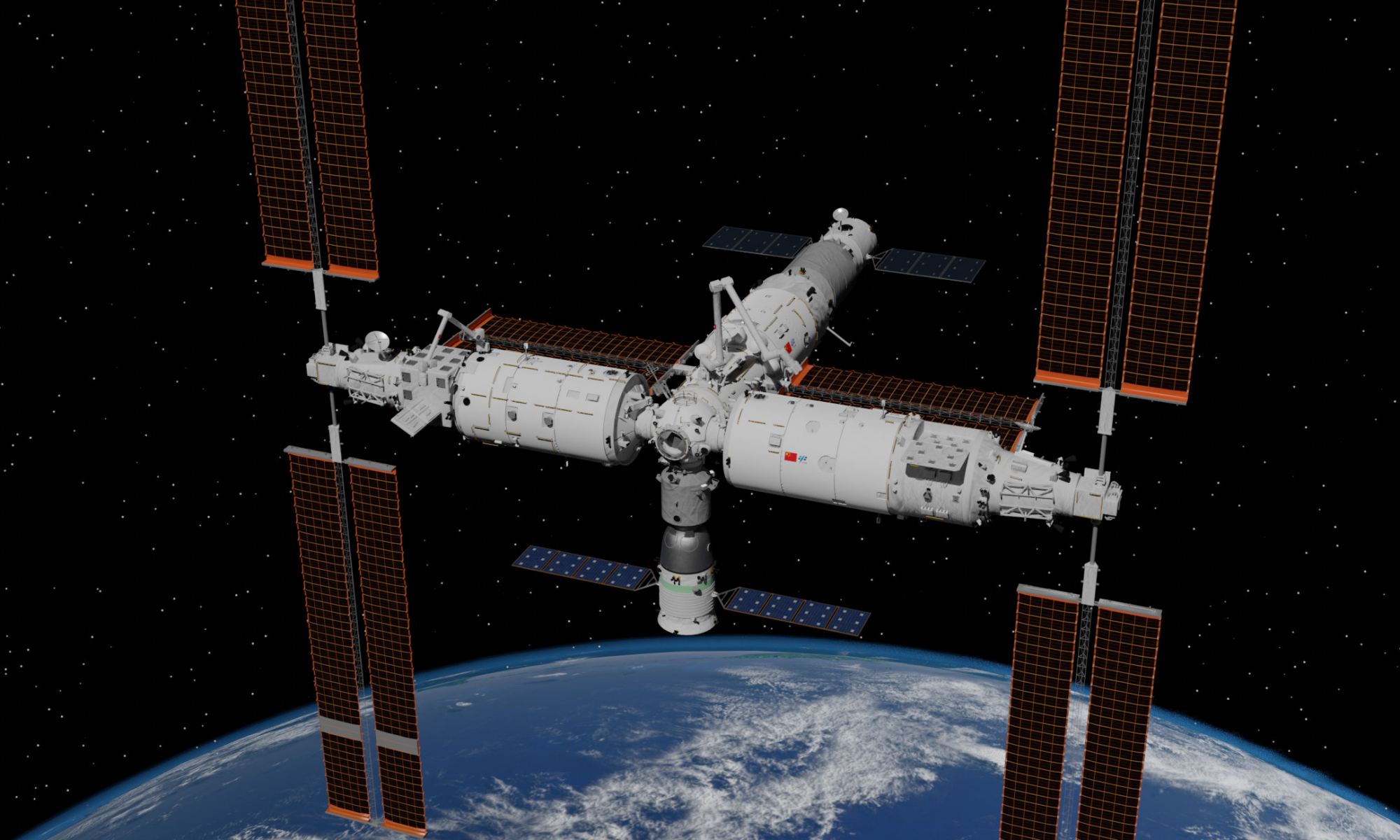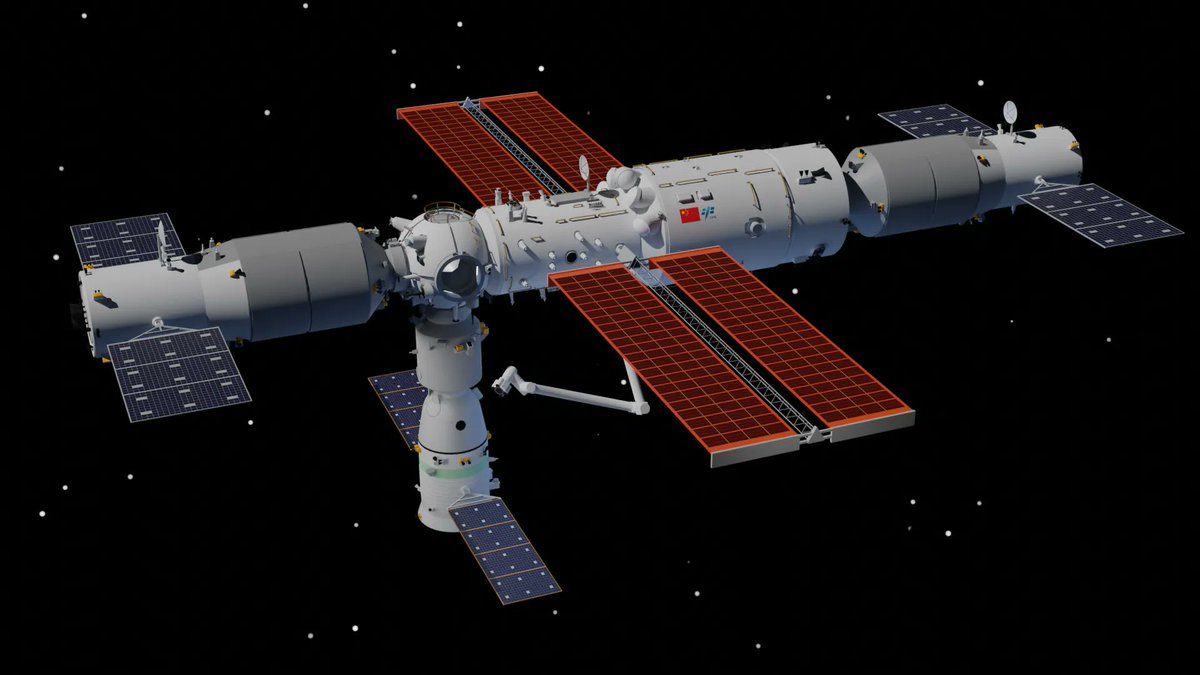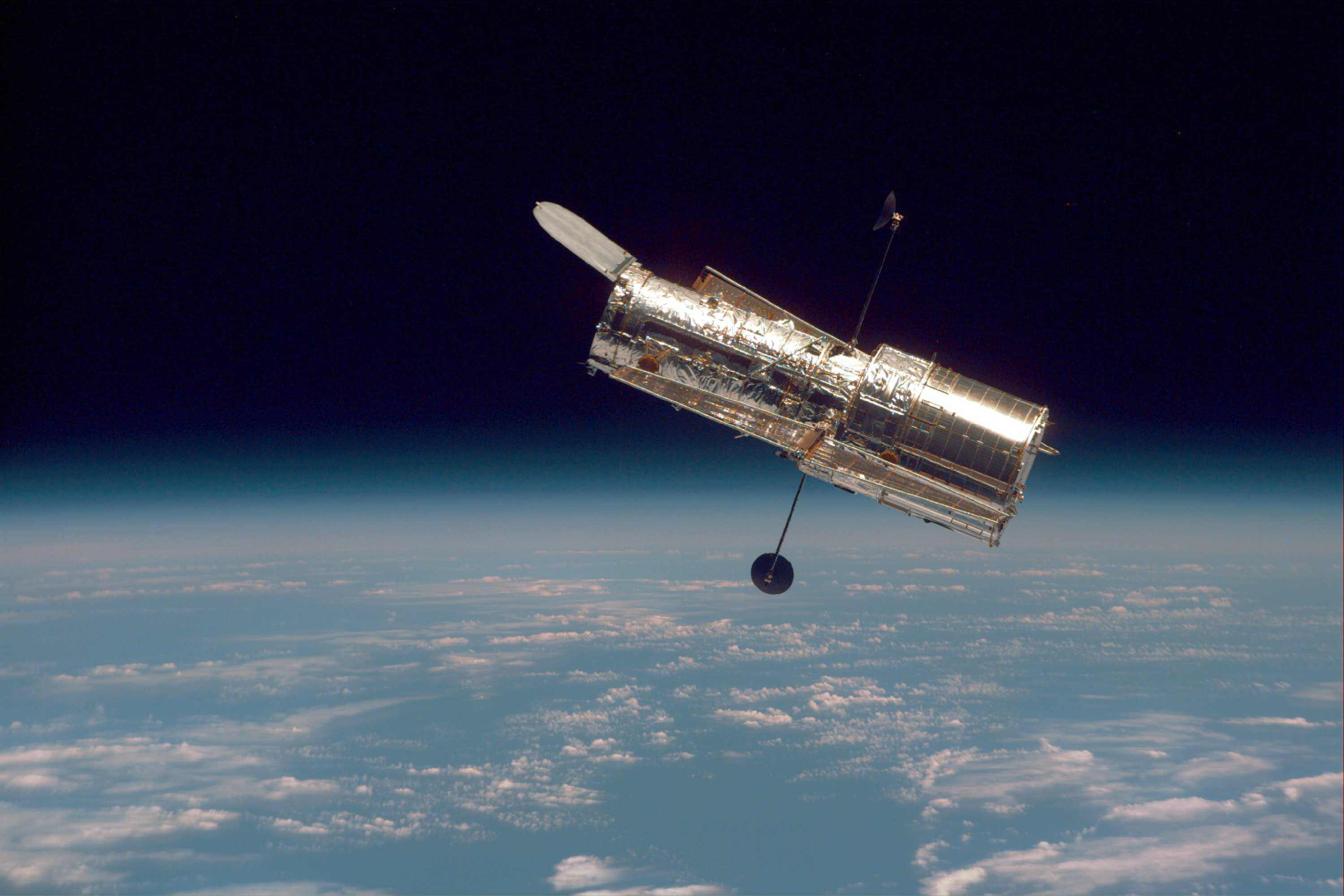China have a roadmap to sent astronauts to the Moon in 2030 and when they do, they are going with a very definite nod to the Chinese origins to the rocket! Their officials have unveiled the new look Chinese space suit with all the mod cons but with a design that is somewhat reminiscent of Chinese armour. There will some fabulous features like the close and long distance field of view visor, a chest control panel and a protective material to shield against the harmful lunar environment.
Continue reading “China Unveils its Lunar Spacesuit”Fish are Adapting to Weightlessness on the Chinese Space Station
Four zebrafish are alive and well after nearly a month in space aboard China’s Tiangong space station. As part of an experiment testing the development of vertebrates in microgravity, the fish live and swim within a small habitat aboard the station.
Continue reading “Fish are Adapting to Weightlessness on the Chinese Space Station”China is Planning to Double the Size of its Space Station
The International Space Station (ISS) will be retired in 2030 after more than thirty-two years of continuous service. Naturally, there are questions regarding what will replace this station, which has served as a bastion for vital research and inter-agency cooperation in space. In the past, China has indicated that their Tiangong (“heavenly palace”) space station will be a successor and rival to the ISS, offering astronauts from other nations an alternative platform to conduct research in Low Earth Orbit (LEO). As part of this plan, China recently announced plans to double the size of Tiangong in the coming years.
Continue reading “China is Planning to Double the Size of its Space Station”Here’s What China is Planning to do in Space for the Next 5 Years
Central planning is literately central to any communist country, though its history has mixed results. As part of that planning, bureaucrats in all parts of the government are occasionally tasked with coming up with goals and milestones for their specific part of the government. These usually take the form of a five or ten-year plan, which is what the China National Space Agency (CNSA) released on January 28th.
Continue reading “Here’s What China is Planning to do in Space for the Next 5 Years”Chinese Astronauts Take Their First Spacewalk Outside the new Station
Spacewalks are a relatively rare occurrence, and they normally draw at least a moderate amount of media coverage. So when a team of Chinese astronauts performed a spacewalk outside of their newly launched space station for the first time, it was bound to attract some notice. The successful walk installed equipment, including cameras, outside of the new Tiangong (“Heavenly Palace”) station.
Continue reading “Chinese Astronauts Take Their First Spacewalk Outside the new Station”China Plans Space Telescope That Will Dock With Their Space Station
China has plans to build a new space telescope which should outperform Hubble. According to the Chinese English Language Daily, the new telescope will be similar to Hubble, but will have a field of view that is 300 times larger. The new telescope, which has not been named yet, will have the ability to dock with China’s modular space station, the Tiangong.
The China National Space Administration has come up with a solution to a problem that dogged the Hubble Telescope. Whenever the Hubble needed repairs or maintenance, a shuttle mission had to be planned so astronauts could service it. China will avoid this problem with its innovative solution. The Chinese telescope will keep its distance from the Tiangong, but if repairs or maintenance are needed, it can dock with Tiangong.
No date has been given for the launch of this new telescope, but its plans must be intertwined with plans for the modular Tiangong space station. Tiangong-1 was launched in 2011 and has served as a crewed laboratory and a technological test-bed. The Tiangong-2, which has room for a crew of 3 and life support for twenty days, is expected to be launched sometime in 2016. The Tiangong-3 will provide life support for 3 people for 40 days and will expand China’s capabilities in space. It’s not expected to launch until sometime in the 2020’s, so the space telescope will likely follow its launch.
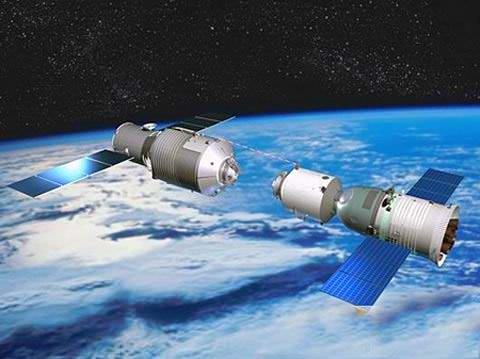
The telescope, according to the People’s Daily Online, will take 10 years to capture images of 40% of space, with a precision equal to Hubble’s. China hopes this data will allow it to make breakthroughs in the understanding of the origin, development, and evolution of the universe.
This all sounds great, but there’s a shortage of facts. When other countries and space agencies announce projects like this, they give dates and timelines, and details about the types of cameras and sensors. They talk about exactly what it is they plan to study and what results they hope to achieve. It’s difficult to say what level of detail has gone into the planning for this space telescope. It’s also difficult to say how the ‘scope will dock with the space station.
It may be that China is nervous about spying and doesn’t want to reveal any technical detail. Or it may be that China likes announcing things that make it look technologically advanced. (China is in a space race with India, and likes to boast of its prowess.) In any case, they’ve been talking about a space telescope for many years now. But a little more information would be nice.
Come on China. Give us more info. We’re not spies. We promise.
China To Launch Space Station Module Prototype
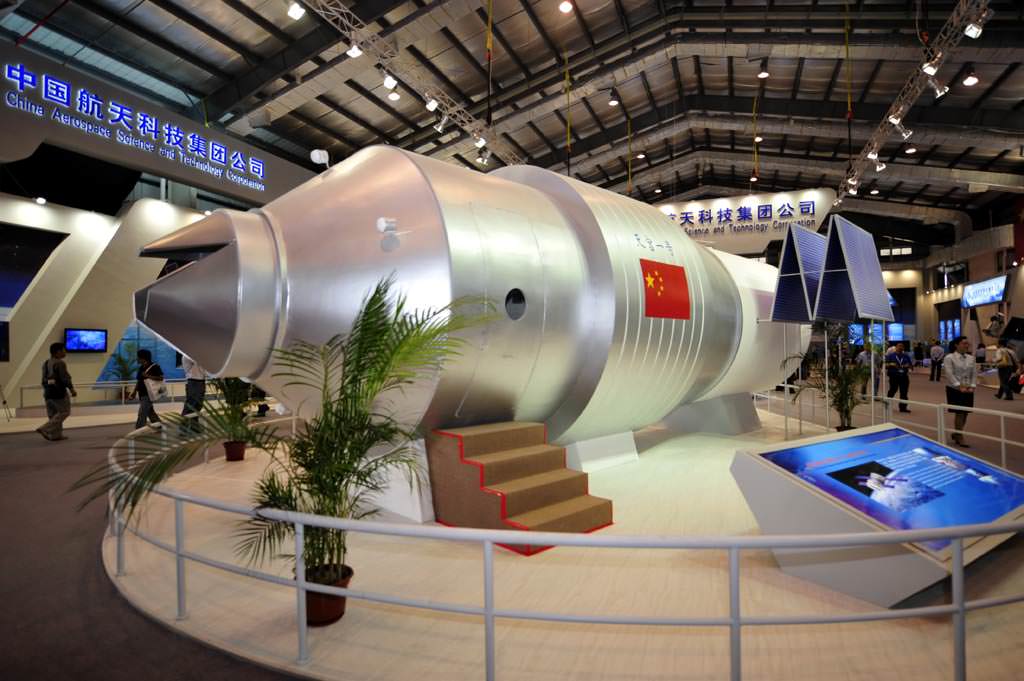
[/caption]
China’s space program is in the news again, this time with unconfirmed reports that the Tiangong 1 space lab may be launching into orbit sometime this year – possibly later this month. Previous news reports cited potential launch dates in 2010 or 2011, so this launch isn’t too far behind schedule.
What plans does China have for their first orbital space station prototype?
The space lab, named “Tiangong” translates from Mandarin Chinese into English as “Heavenly Palace”. Weighing just under 9 tons, the prototype module will orbit for two years. China will use the module to practice docking maneuvers and test orbital technologies during the module’s lifetime.
China plans to follow the Tiangong 1 orbital lab with two more lab launches over the next few years to continue testing systems and technologies before starting construction on their own space station in the 2020’s. Based on China’s current plans, the Tiangong orbital labs will not be used in the Chinese space station.
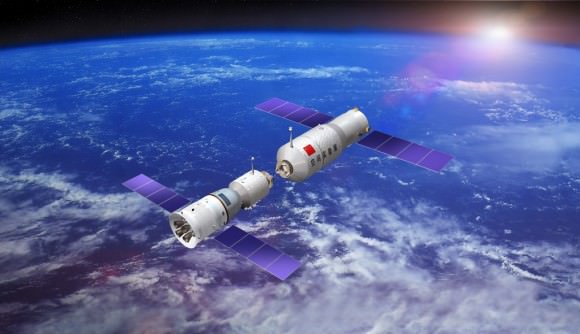
Many space analysts believe China’s lack of a perceived “space race” is a potential reason for the country’s slow, methodical space program build-up. So far, China has only launched three manned space flights: Shenzhou 5 and Shenzhou 6 ( 2003 and 2005, respectively). China’s first mission to include a spacewalk was Shenzhou 7 (2008).
While China is making great strides with their manned space program, there are no current plans to include China in the ongoing International Space Station project. Despite several political and technological issues preventing China’s participation in the ISS, recent comments from officials at the China National Space Administration have indicated a willingness to allow other countries to visit the country’s space station once it is operational.
If you’d like to learn more, Universe Today has previous coverage (Jan. 2010) on the Tiangong mission at: http://www.universetoday.com/51506/china-to-launch-space-station-in-2010-or-2011.
You can also visit the China National Space Administration’s website at: http://www.cnsa.gov.cn/n615709/cindex.html



